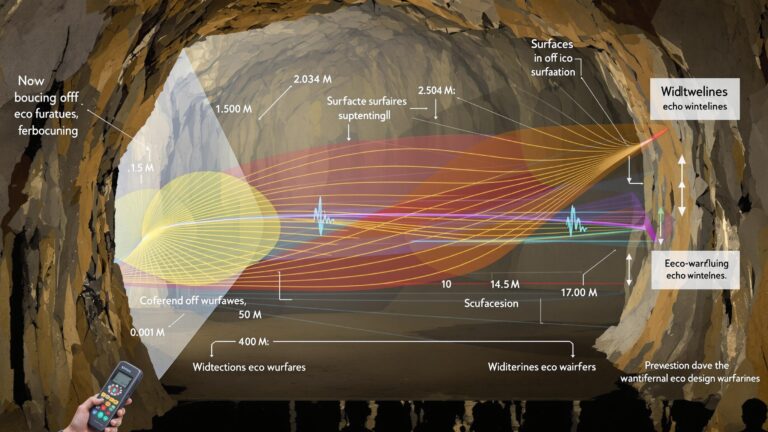Unlocking the Secrets of Echo Wavelength: What It Means for You!
Have you ever wondered why some echoes sound different from others? The key lies in understanding echo wavelength. It’s not just a technical term; it impacts everything from how bats navigate to the clarity of your home theater sound system. Prepare to have your perception of sound waves transformed!
What Exactly is Echo Wavelength?
Wavelength, in its simplest form, is the distance between two successive crests (or troughs) of a wave. When sound waves bounce off a surface, creating an echo, their wavelength can change depending on several factors, including:
- The Original Sound’s Frequency: Higher frequency sounds have shorter wavelengths, and vice versa.
- The Reflecting Surface: The material and shape of the surface influence how the sound waves are reflected.
- The Medium: Sound travels differently through air, water, or solids, affecting the wavelength.
Why Does It Matter?
Understanding echo wavelength has profound implications across various fields:
- Echolocation: Bats and dolphins use echolocation to navigate and hunt. They emit sounds and analyze the returning echoes, interpreting the wavelength to determine the size, shape, and distance of objects.
- Medical Imaging: Ultrasound technology relies on echo wavelength to create images of internal organs. Different tissues reflect sound waves differently, allowing doctors to diagnose various conditions.
- Audio Engineering: In music production and sound system design, understanding echo wavelength is crucial for creating optimal acoustics. Engineers manipulate reflections and wavelengths to enhance sound quality and minimize unwanted echoes.
- Sonar Technology: Used in ships and submarines, sonar uses sound waves to detect underwater objects. Analyzing the echo wavelength helps determine the size, shape, and distance of these objects.
The Impact on Everyday Life
Even if you’re not a bat, dolphin, or audio engineer, echo wavelength affects your daily life:
- Home Theater: The acoustics of your home theater significantly impact your viewing experience. Understanding how sound waves reflect off walls and furniture can help you optimize speaker placement and reduce unwanted echoes, leading to a clearer and more immersive sound.
- Concert Halls: Architects and acousticians carefully design concert halls to control sound reflections and create optimal listening environments. They manipulate the shape and materials of the hall to manage echo wavelengths and ensure even sound distribution.
- Communication: Even in simple conversations, our brains subconsciously interpret the echoes around us to understand our environment and the location of sound sources.
Tuning In
Next time you hear an echo, take a moment to consider the journey it’s taken. The subtle variations in sound are a result of echo wavelength, a fundamental property of sound that shapes our perception of the world around us. By understanding this principle, we can unlock new possibilities in technology, medicine, and even our daily lives. Are you ready to listen more closely?



